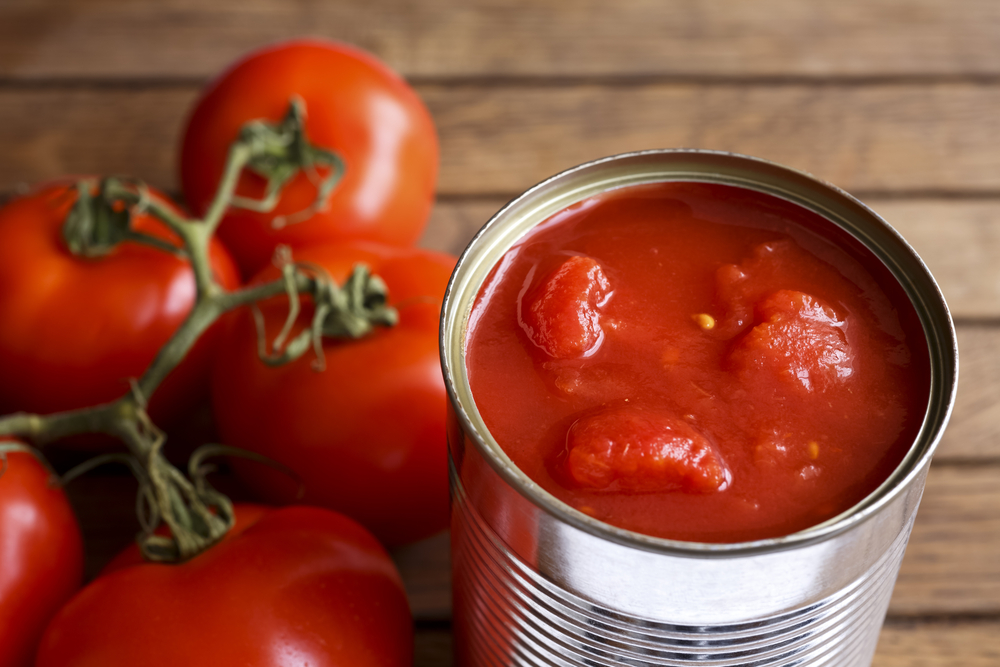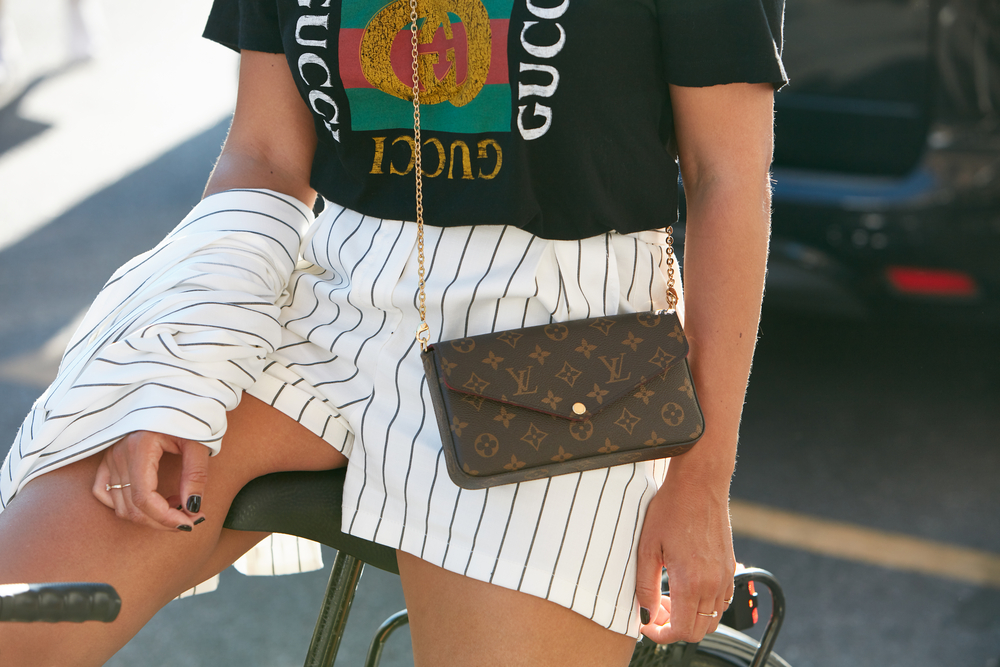While everyone makes purchasing decisions based on necessity, convenience, or habit, rich people often have the luxury—and the foresight—to avoid certain things that are staples in the lives of those who are less affluent. This isn’t about extravagance; rather, it’s about making choices that align with long-term thinking and financial freedom. Here are 14 everyday items you might find in a typical household, but that the wealthy often skip out on.
1. Lottery Tickets

Buying lottery tickets is a ritual for many, offering a sliver of hope for instant wealth. Yet, for those with substantial means, the lottery is an illogical gamble. According to a study from the Journal of Gambling Studies, individuals with lower incomes disproportionately spend more on lottery tickets than those who are financially well-off. The wealthy understand that the odds of winning are astronomically low and prefer to invest in more reliable financial vehicles.
Instead of dreaming of a sudden windfall, they focus on building wealth through calculated risks like stock markets or real estate. This approach not only provides potential for substantial returns but also contributes to a more secure financial future. By diverting funds that might have been spent on lottery tickets into investments, they allow their money to work for them in a sustainable way. For them, the allure of the lottery is overshadowed by the power of strategic financial planning.
2. Fast Fashion

Fast fashion might seem like an affordable way to stay on trend, but it often sacrifices quality for quantity. Wealthy people tend to steer clear of these low-cost, high-turnover brands, opting instead for timeless, durable pieces. The constant cycle of buying and discarding clothes doesn’t just strain your budget; it also contributes significantly to environmental waste. This realization prompts affluent individuals to invest in high-quality clothing that lasts, both in terms of durability and style.
By choosing quality over quantity, they build a wardrobe that’s not only versatile but also more sustainable. The pieces they select serve as investments rather than mere purchases, offering longevity and superior craftsmanship. Plus, a well-curated wardrobe of classic pieces can be more impactful than an overflowing closet of fleeting trends. In essence, they follow a “buy less, choose well” philosophy that pays off in the long run.
3. Extended Warranties

For many, an extended warranty offers peace of mind when purchasing electronics or appliances. However, the affluent often see these add-ons as unnecessary expenses. According to Consumer Reports, extended warranties are rarely worth their cost, often overlapping with manufacturer guarantees or offering limited coverage. The wealthy know that they can afford repairs or replacements if needed, making the extra cost of a warranty an unwise investment.
Instead of relying on warranties, they research products before purchasing, ensuring they buy reliable, high-quality items. This preemptive approach reduces the likelihood of needing repairs in the first place. Additionally, their financial cushion allows them to handle unexpected expenses without resorting to extended warranties. It’s about having the confidence and means to manage potential issues without unnecessary add-ons.
4. Brand New Cars

The smell of a brand-new car is intoxicating, but the financial depreciation isn’t as pleasant. Rich people often bypass new cars in favor of slightly used models, understanding that a vehicle loses a significant portion of its value the moment it leaves the lot. Buying used allows them to avoid the steep depreciation curve and get more value for their money. It’s a smart way to indulge in luxury without unnecessary financial loss.
By purchasing pre-owned vehicles, they can afford higher-end models that might otherwise be out of reach if bought new. This strategy provides all the prestige and comfort but at a fraction of the cost. Plus, it’s an eco-friendly choice, reducing the demand for new manufacturing. This isn’t about scrimping; it’s about sophistication in spending.
5. Cable TV

While cable TV was once a household staple, many wealthy individuals have cut the cord entirely. With the rise of streaming services, cable packages seem redundant and overpriced. A report by Leichtman Research Group shows that nearly half of U.S. households now subscribe to a streaming service, indicating a shift in how people consume media. For the wealthy, this shift reflects a desire for tailored content without being tied down by rigid contracts and unnecessary channels.
Instead of cable, they invest in high-speed internet and smart devices that can access a variety of streaming platforms. This approach offers a curated viewing experience, allowing them to select content according to their preferences and schedules. Additionally, eliminating cable means reducing clutter and simplifying monthly expenses. It’s a modern, efficient way to consume media that aligns with their lifestyle.
6. Cheap Furniture

A bargain on furniture can seem appealing, but the compromise often comes in the form of durability and comfort. Wealthy people tend to avoid cheap, mass-produced furniture, opting instead for pieces that promise longevity and style. By investing in high-quality furniture, they ensure their living spaces are not only aesthetically pleasing but also functional and enduring. This emphasis on quality over quantity reflects a broader lifestyle choice centered around sustainability and lasting value.
The choice to invest in durable furnishings also prevents frequent replacements, saving money and reducing waste in the long run. It’s about creating spaces that reflect personal taste and sophistication without succumbing to fads. Quality furniture often comes with superior craftsmanship, which adds a unique character to their homes. This commitment to quality transforms living spaces into timeless havens rather than temporary setups.
7. Processed Foods

Convenience often drives the consumption of processed foods, but the wealthy typically steer clear of these products. Prioritizing health and quality, they choose whole, organic foods over items laden with preservatives and artificial ingredients. The Environmental Working Group (EWG) highlights that organic produce reduces exposure to harmful pesticides, which is a significant concern for health-conscious consumers. By investing in higher quality food, they believe they’re investing in their long-term health.
Their preference for fresh, unprocessed ingredients means they often prepare meals at home or dine at establishments that share their ethos. This choice not only promotes better health but also supports sustainable agricultural practices. It’s about fueling the body with nutrients rather than empty calories. The commitment to quality nutrition reflects a broader understanding of food as a foundation for well-being and longevity.
8. Payday Loans
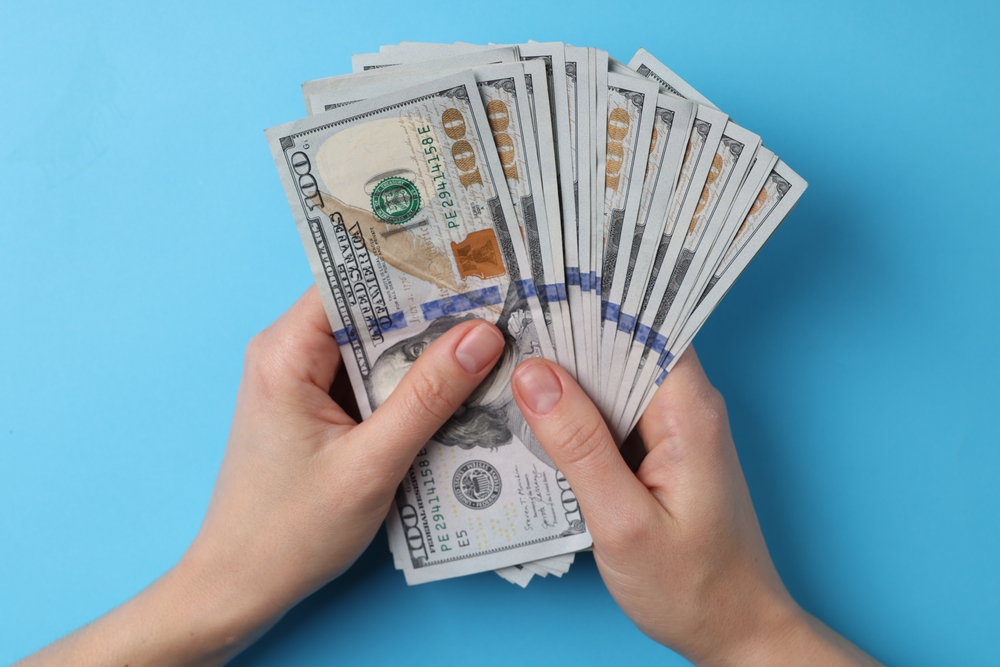
Payday loans can be a quick fix for those in financial distress, but they come with exorbitant interest rates that can trap people in cycles of debt. The affluent, having more financial stability, avoid these predatory lending options. They prioritize building emergency funds and maintaining healthy credit scores, ensuring they’re prepared for unexpected expenses. This financial security allows them to sidestep high-risk borrowing altogether.
Instead of relying on payday loans, they utilize credit cards strategically, paying off balances in full to avoid interest. This approach not only preserves their credit rating but also offers rewards and benefits. Their financial literacy enables them to navigate borrowing options wisely, avoiding pitfalls that can lead to long-term financial harm. For them, it’s about maintaining control over their financial future rather than seeking short-term solutions.
9. Single-Use Plastics

Single-use plastics are convenient but environmentally detrimental. Wealthy people often prioritize sustainability, opting for reusable alternatives. They understand the environmental impact of plastic waste and choose to invest in products like metal straws, glass containers, and cloth shopping bags. This commitment to reducing waste aligns with a broader mindset of responsible consumption.
By avoiding single-use plastics, they contribute to a cleaner planet and set examples for sustainable living. Their choices reflect a conscious effort to minimize their ecological footprint, demonstrating that convenience doesn’t have to come at the expense of the environment. Investing in quality, reusable items might require a higher upfront cost, but it pays off in sustainability and longevity. This approach resonates with a global shift towards greener living practices.
10. Coffee Pods

The allure of single-serve coffee pods lies in their convenience, yet they’re a costly and environmentally unfriendly choice. Wealthy people often avoid these pods, preferring more sustainable and economically sound coffee options. They might invest in high-quality coffee machines or patronize local cafés that prioritize ethical sourcing. This choice reflects a broader appreciation for quality and sustainability over mere convenience.
By avoiding coffee pods, they reduce waste and enjoy a superior coffee experience. This practice often extends to supporting fair trade coffee, aligning their consumption with ethical standards. It’s a thoughtful approach that values both taste and environmental impact, ensuring their morning routine is as refined as it is responsible. This decision encapsulates a broader lifestyle that prioritizes mindful consumption.
11. Disposable Razors

Disposable razors are the epitome of convenience, but they come at a cost to both the environment and your wallet. Wealthy people often invest in high-quality, reusable razors or electric alternatives. These options, while more expensive initially, offer a closer shave and last significantly longer. This investment reflects a preference for durability and quality, consistent with other spending habits.
By choosing reusable razors, they minimize waste and enjoy a more sustainable grooming routine. The decision to avoid disposables aligns with a broader commitment to reducing their environmental impact. Their grooming choices underscore a lifestyle that values long-term benefits over short-term savings. It’s about making choices that are both financially and environmentally savvy.
12. Bottled Water
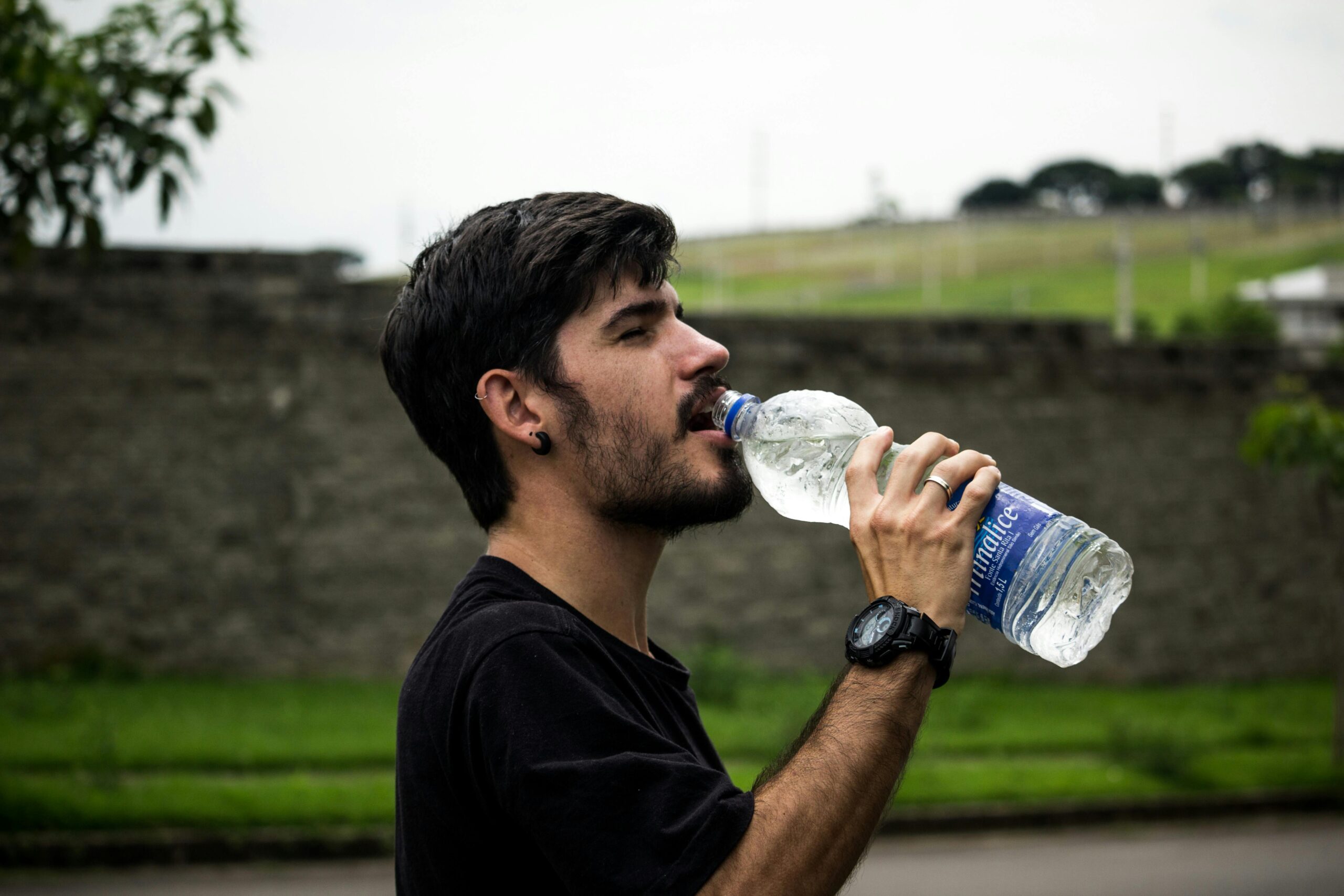
While bottled water is convenient, it’s a recurring expense that wealthy people often sidestep. They invest in high-quality filtration systems or reusable water bottles, recognizing the environmental harm of plastic waste. According to the Pacific Institute, bottled water production involves significant energy and water resources, presenting an unsustainable model. The affluent prefer to align their consumption with eco-friendly practices.
By using reusable bottles and home filtration systems, they reduce waste and save money. This choice reflects a commitment to sustainability and health, avoiding the impurities sometimes found in bottled water. Their decision not only supports environmental efforts but also promotes a cost-effective, healthy lifestyle. It’s a clear example of how small changes can align with broader values.
13. Cheap Electronics
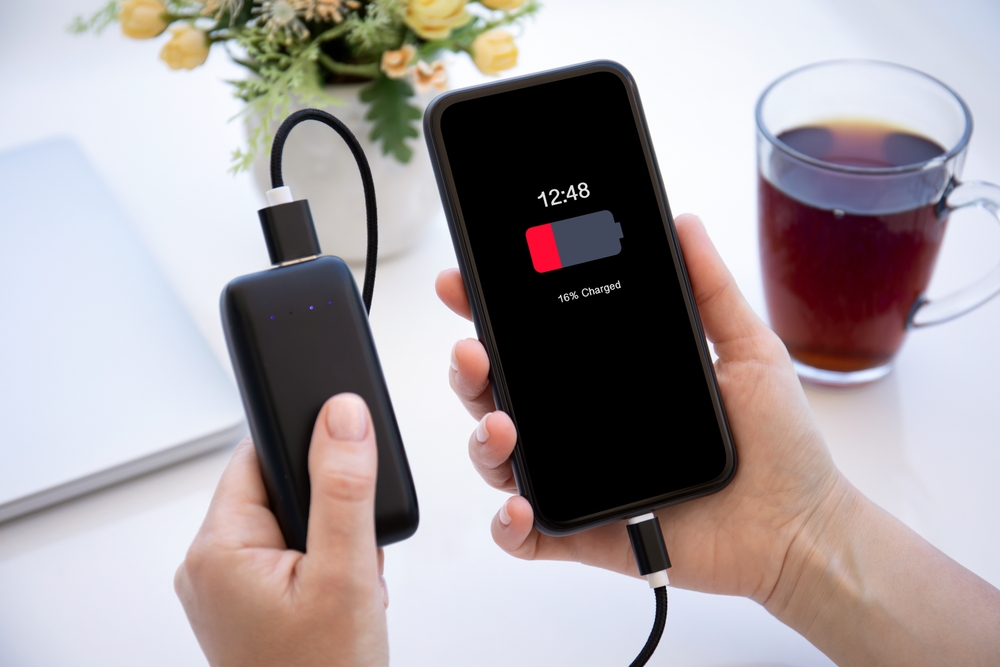
Cheap electronics may offer short-term savings, but they often lead to frustration and additional costs in the long run. Wealthy people gravitate towards high-quality brands known for durability and customer service. These products often come with better warranties and support, offering peace of mind and long-term value. This investment in quality over quantity reflects a broader understanding of value and efficiency.
By prioritizing reliable electronics, they avoid frequent replacements and enjoy superior performance. This approach reduces electronic waste and aligns with a preference for sustainable consumption. Their choices in electronics mirror other spending habits, emphasizing quality, longevity, and thoughtful resource use. It’s a strategy that values performance and durability over initial cost.
14. Trendy Diet Fads

The diet industry thrives on the latest trends, but wealthy people tend to avoid fleeting fads. Instead, they focus on balanced, nutritious diets that emphasize whole foods and sustainable habits. They might consult nutritionists or invest in bespoke meal services that align with their health goals. This approach reflects a deeper understanding of health as a long-term investment rather than a quick fix.
By avoiding diet fads, they steer clear of restrictive eating plans that often lead to yo-yo dieting. This choice promotes a healthier relationship with food and encourages a sustainable lifestyle. Their focus on nutrition is part of a broader commitment to overall well-being, emphasizing health as an integral part of their lifestyle. It’s about making informed choices that support a balanced, fulfilling life.
This article is for informational purposes only and should not be construed as financial advice. Consult a financial professional before making investment or other financial decisions. The author and publisher make no warranties of any kind.





